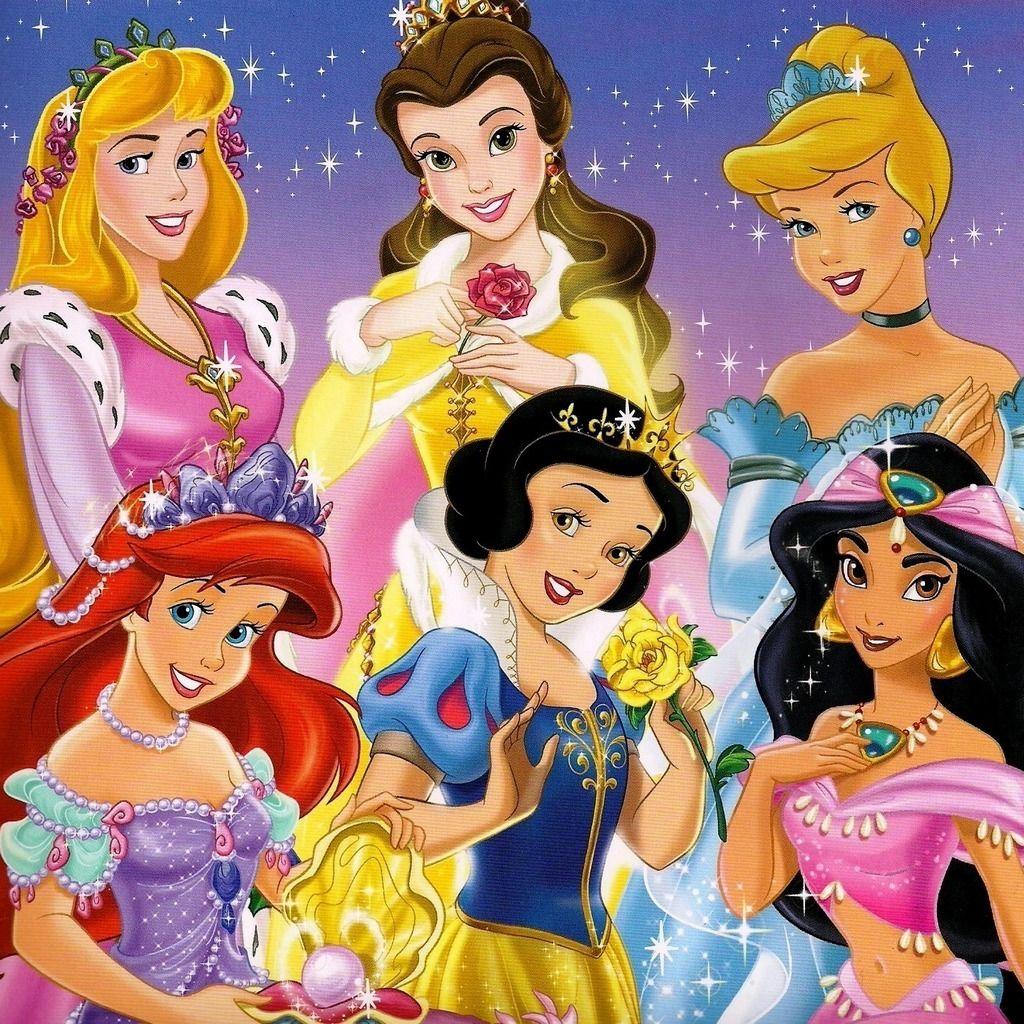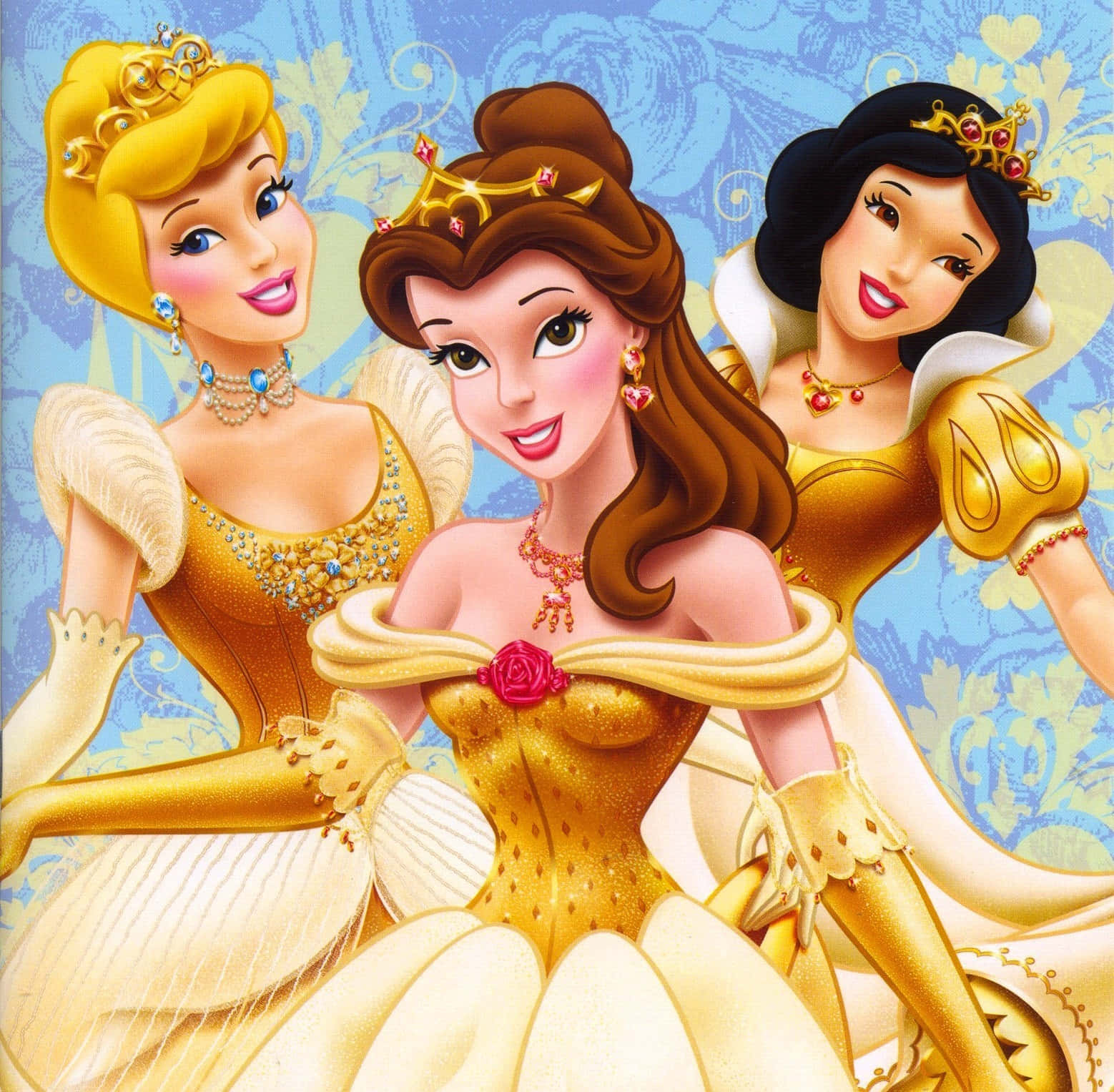Detail Author:
- Name : Mazie Stamm
- Username : jada57
- Email : vdubuque@gmail.com
- Birthdate : 1987-05-23
- Address : 5335 Cummerata Dale Apt. 786 Friesenton, MT 35913
- Phone : 818-476-5257
- Company : Gutkowski, Schaefer and Wilkinson
- Job : Precision Lens Grinders and Polisher
- Bio : Quia eum cumque vel. Ullam consequuntur perspiciatis et omnis aut minus aliquid. Et dolore exercitationem autem natus possimus ipsa.
Socials
instagram:
- url : https://instagram.com/agustina_koch
- username : agustina_koch
- bio : Minus ut nostrum non ut exercitationem. Sequi reprehenderit reiciendis quia accusamus occaecati.
- followers : 993
- following : 2889
linkedin:
- url : https://linkedin.com/in/koch2025
- username : koch2025
- bio : Harum voluptatibus officiis ex sapiente.
- followers : 5576
- following : 2409
facebook:
- url : https://facebook.com/kocha
- username : kocha
- bio : Consequatur labore corporis et aut perspiciatis accusamus quia.
- followers : 3252
- following : 2245
The world watched, captivated, as a young woman stepped into a role many only dream of, becoming a real-life princess. Yet, behind the fairy-tale facade, a deeply human story unfolded, one that often saw moments of profound sadness. So, the public often caught glimpses of a truly vulnerable side, a side that brought forth the image of Princess Diana crying.
For many, the idea of a princess brings to mind stories of magic and endless happiness, perhaps like the enchanting worlds found in children's tales, or the serene journeys offered by grand cruise lines, promising tranquil beaches and historic temples. These visions paint a picture of effortless grace and joy, a life seemingly untouched by ordinary troubles. Yet, reality for one of the most famous figures of her time was, in fact, quite different, quite demanding.
It's almost as if the very word "princess," with its associations of luxury beds and dream vacations, created an expectation that could never fully match the lived experience. The public saw a person who, despite the grand titles and public adoration, felt the weight of her unique position, sometimes quite intensely. This contrast, between the public image and personal struggle, really brought into focus the moments where we saw Princess Diana crying.
Table of Contents
- A Life in the Public Eye - Princess Diana's Story
- What Pressures Led to Princess Diana Crying?
- The Weight of a Crown - More Than Just a Title
- How Did the Public React to Princess Diana Crying?
- The Human Element - Beyond the Fairy Tale
- Did Public Scrutiny Contribute to Princess Diana Crying?
- The Media's Gaze and Personal Moments
- What Lessons Can We Learn From Princess Diana Crying?
- A Legacy of Openness
A Life in the Public Eye - Princess Diana's Story
Diana Spencer, a woman who captured hearts around the globe, stepped into a role that few could ever truly grasp. Her life became a constant spectacle, a public performance where every gesture, every expression, was observed and interpreted. This kind of existence, you know, is far from the quiet privacy most people enjoy. She was, in a way, like a character in a grand, ongoing play, always on display.
Her story began with what many saw as a fairy-tale wedding, a moment that felt like the start of an enchanting journey, much like the promise of an unforgettable cruise experience. People really believed in the magic of it all. Yet, the very nature of her position meant that her personal world was often overshadowed by the demands of public life, a rather intense contrast to the idea of managing bookings for a relaxing getaway.
| Full Name | Diana Frances Spencer |
| Title | Princess of Wales |
| Born | July 1, 1961 |
| Died | August 31, 1997 |
| Spouse | Charles, Prince of Wales (m. 1981; div. 1996) |
| Children | Prince William, Prince Harry |
What Pressures Led to Princess Diana Crying?
The weight of expectation placed upon her was, you know, truly immense. From the moment she joined the royal family, she was expected to embody a certain ideal, a perfect figure. This ideal, perhaps like the "princess sweetheart buttercup pumpkin cupcake darling" terms of endearment, carried a specific kind of sweetness and flawlessness. However, human beings, as we know, are not perfect, and the pressure to maintain such an image could be rather draining.
She found herself in a position where personal feelings often had to take a back seat to public duty. It was, in some respects, like being a public servant whose personal life was constantly under review. The rules for how she should behave, how she should appear, were unspoken but ever-present, perhaps like a very strict handbook for a married man that dictates every aspect of conduct. This kind of environment, for anyone, could create a great deal of strain, sometimes leading to moments where Princess Diana crying became an undeniable reality.
The constant scrutiny, the need to always be "on," created a unique kind of isolation. Even when surrounded by people, the burden of her role meant she often felt quite alone in her struggles. This feeling of being watched, much like a star system under the gaze of a powerful battle station, could be overwhelming. It truly tested her emotional strength, and so, those instances of Princess Diana crying were a clear sign of the immense pressure she was under.
The Weight of a Crown - More Than Just a Title
The word "princess" often conjures images of endless magic and dreams beginning, perhaps like the enchanting world of Disney princesses. Yet, the reality for Diana was far from a simple fairy tale. She was not merely a figurehead; she was a person with feelings, with vulnerabilities, just like anyone else. This contrast between the public's idealized view and her personal experience was, arguably, a source of deep personal conflict.
Her life was a complex tapestry of public engagements and private battles. She was expected to present a composed front, to always be smiling, always gracious. This public persona, however, could hide a great deal of personal turmoil. It's almost as if the public was viewing a perfect deck plan for a dream vacation, while the reality of the journey included unseen storms. This duality made it difficult for her to truly express herself, and so, the instances of Princess Diana crying served as rare, raw glimpses into her true state.
The notion of "she dressed herself up as though she were a little princess" or "she wishes she were a little princess" speaks to a childhood fantasy. For Diana, this fantasy became a very real, very demanding existence. The "little" aspect of the title often felt ironic, given the immense responsibilities she carried. She was, in fact, a woman of great stature, burdened by the expectations that came with her position. The moments of Princess Diana crying were, in a way, a silent protest against the rigid constraints of her life.
How Did the Public React to Princess Diana Crying?
When images or reports of Princess Diana crying surfaced, the public reaction was, you know, quite varied. For some, it was a moment of deep empathy, a recognition of her humanity. They saw past the royal title, past the grand appearances, and saw a person who was clearly hurting. This response showed a deep connection, a feeling that she was, in fact, one of them, despite her unique position.
Others, however, might have viewed it differently, perhaps with a sense of bewilderment. The idea of a princess, someone seemingly living a life of luxury and privilege, experiencing such public displays of sadness could be confusing. It challenged the conventional narrative of what a royal life should be, a narrative often reinforced by the glamorous images of dream cruises and endless magic. This divergence in public feeling really highlighted the complex relationship between the public and their beloved royal figure, especially when confronted with Princess Diana crying.
There was, too, a sense of protectiveness that emerged. People felt a strong desire to shield her from whatever caused her distress. It was as if her vulnerability made her more relatable, more beloved. The public's affection for her deepened when they saw her genuine emotions, moving beyond the formal address of "milady" to a more personal connection. So, those moments of Princess Diana crying, in a way, broke down barriers between her and the people she served.
The Human Element - Beyond the Fairy Tale
The public's connection with Diana was, in fact, deeply rooted in her ability to show her authentic self. Unlike the polished images associated with global voyages to tranquil beaches, her tears revealed a raw, unscripted reality. This honesty resonated with many who felt that, despite her extraordinary circumstances, she shared common human experiences. She was not just a symbol; she was a feeling, breathing individual, very much like anyone else.
Her openness, even in moments of distress, created a bond that few public figures achieve. It was a stark contrast to the often-impenetrable facade of royalty. She broke through the traditional barriers, showing that even those in the most elevated positions could experience profound sorrow. This willingness to be vulnerable, to show the world Princess Diana crying, made her a truly relatable figure, perhaps more so than any royal before her.
This willingness to be seen in moments of weakness actually made her stronger in the eyes of many. It allowed people to feel a genuine connection, moving past the formal titles and into a space of shared humanity. The public saw that her life, despite its outward splendor, was not always a "perfect cruise vacation waiting." Instead, it was a life lived with real feelings, real struggles, and very real tears. So, the sight of Princess Diana crying became a powerful symbol of her authenticity.
Did Public Scrutiny Contribute to Princess Diana Crying?
The constant presence of the media, the relentless pursuit of a story, surely played a significant part in her emotional struggles. Every public outing, every private moment, seemed to be fair game for photographers and reporters. This kind of intense observation can be, you know, incredibly draining for anyone, let alone someone in such a high-profile position. It was a bit like living under a microscope, with no real escape.
The narrative around her life was often shaped by headlines, sometimes creating a distorted picture of her reality. This public narrative, much like the way information about "Princess Leia" or "milady" is presented, could feel almost like a pre-written script. The pressure to conform to public expectations, or to respond to fabricated stories, was immense. This unrelenting pressure, in fact, added to her burden, contributing to those moments where Princess Diana crying was captured for the world to see.
The lack of privacy meant that her personal sorrows became public spectacles. There was no true sanctuary where she could simply be herself, away from the watchful eyes. This constant exposure, much like a detailed deck plan that reveals every corner, left little room for personal space or quiet reflection. It's almost as if her entire life was an open book, and this transparency, while perhaps admired by some, came at a very high personal cost, often manifesting in moments of Princess Diana crying.
The Media's Gaze and Personal Moments
The media's hunger for stories about her was, you know, insatiable. They sought out every detail, every rumor, and presented it to a captivated audience. This intense focus on her personal life, often crossing boundaries, meant that her private pain became public property. It was, in some respects, a very public form of intrusion, leaving her with little room to breathe or to heal in private.
The contrast between the idealized image of a "princess" and the harsh reality of constant media attention was stark. People often imagine a royal life as one of effortless grace, perhaps like exploring tranquil beaches on a luxurious cruise. Yet, for Diana, this public life often felt like a battle, a constant struggle against an unseen force, much like the idea of a "battle station operational" dominating a star system. This relentless pressure, in fact, contributed to the deep sadness that sometimes led to Princess Diana crying.
Her attempts to live a normal life, to raise her children away from the glare, were often thwarted by the persistent pursuit of the press. Even simple outings became elaborate photo opportunities. This constant surveillance, this feeling of being perpetually observed, took a significant toll on her well-being. So, the very public moments of Princess Diana crying were, in a way, a silent plea for understanding and for some measure of peace.
What Lessons Can We Learn From Princess Diana Crying?
Her openness about her struggles, even through her tears, taught the world a great deal about the human experience, regardless of status. She showed that vulnerability is not a weakness but, in fact, a powerful form of connection. This willingness to be seen in her rawest moments helped to break down stigmas surrounding mental health and emotional distress. It was, you know, a very brave act for someone in her position.
Her life, with its moments of public sadness, underscored the idea that appearances can be deceiving. What seems like a perfect, dream-like existence from the outside, perhaps like a carefully curated travel itinerary, can hide deep personal challenges. She reminded us that even those who appear to "have it all" are still human beings, subject to the same range of emotions and difficulties as anyone else. So, the sight of Princess Diana crying served as a powerful reminder of this fundamental truth.
The public's response to her vulnerability also highlighted the power of empathy and compassion. When people saw her tears, many felt a surge of protective affection and understanding. It showed that despite the distance of royalty, a genuine human connection could form. This bond, forged in shared emotion, was perhaps one of her most lasting legacies, proving that a person's true impact comes from their authenticity, even when it means showing Princess Diana crying.
A Legacy of Openness
Diana's willingness to show her true feelings, to let the world see her human side, left a lasting mark. She demonstrated that it is okay to be vulnerable, even when you are a public figure. This openness, in fact, helped to normalize discussions around emotional well-being, paving the way for greater acceptance and understanding. She was, you know, a pioneer in this regard, simply by being herself.
Her life story, including the moments where we saw Princess Diana crying, continues to resonate because it speaks to universal themes of pressure, expectation, and the search for genuine connection. It serves as a reminder that titles and positions, like the formal "mister" or "milady," do not erase personal struggles. Instead, they can often intensify them. She showed us that behind every public persona lies a complex, feeling individual.
Ultimately, her legacy is one of humanity and compassion. She used her platform not just for formal duties, but to connect with people on a deeper level, often through shared emotion. The moments of Princess Diana crying were not just personal displays of sorrow; they were, in a way, shared experiences that fostered a profound sense of connection with millions around the globe. Her journey reminds us that even in the most extraordinary lives, the most powerful moments are often the most genuinely human.
This article explored the public image and private struggles of Princess Diana, particularly focusing on the moments when she was seen crying. We considered the immense pressures she faced, contrasting her reality with idealized notions of royalty, drawing parallels to concepts of idealized vacations and magical tales. The discussion touched upon how public scrutiny and media attention contributed to her emotional burden, and how her vulnerability ultimately fostered a deep connection with people worldwide. Her legacy, shaped by her openness and genuine human expression, continues to inspire a greater understanding of empathy and the complexities of life in the public eye.
- Goonies Monster
- Daryl Hannah Naked
- Amber Hagerman Parents
- Shawn Mendes And Camila Cabello Kiss
- Audrey Hepburn Final Photos


